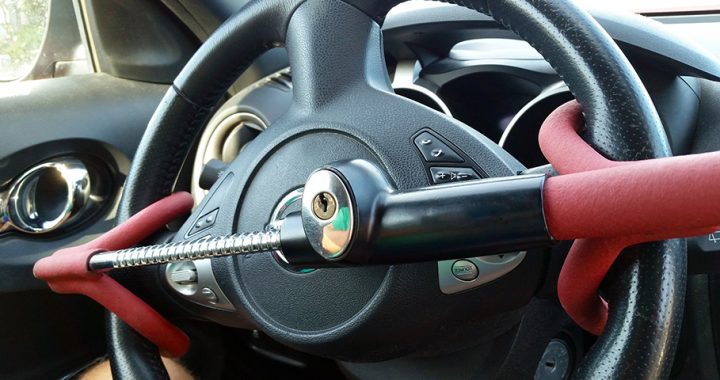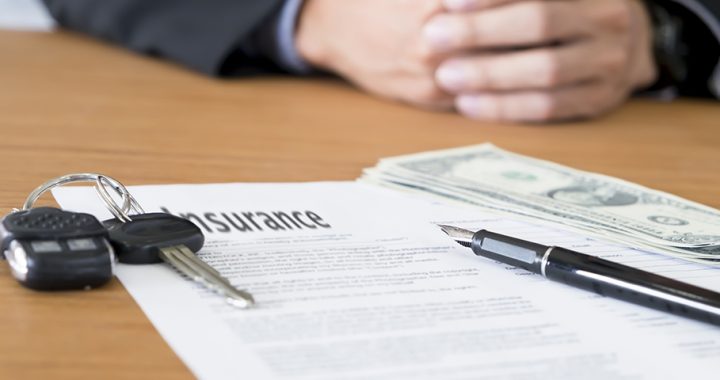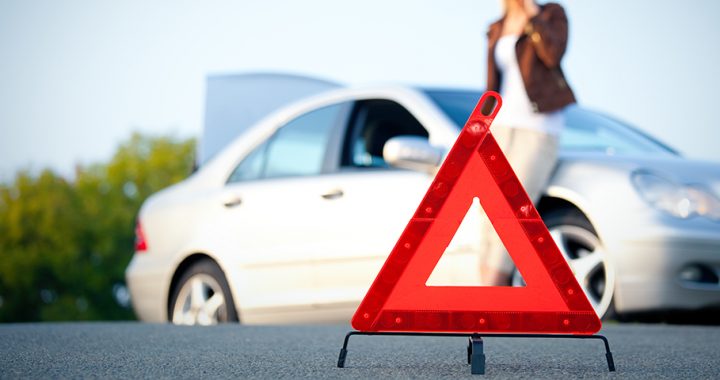Top 5 Events Your Home Insurance Doesn’t Cover
3 min readHomeowners insurance is usually very generous, but there are peculiar areas where coverage simply fails. Here are the top 5 areas where standard home insurance falls short:
1. Flooding
Though you may think because your home insurance policy includes hurricanes, it would also include flooding, right? As Hurricane Katrina taught us, this isn’t the case. Hurricane damage is one thing—when the levees break and flood your house? That’s quite another. The standard homeowners and renters insurance policies do not include flooding, tidal waves, or any other kinds of water damage that might occur. However, it is easy to purchase a separate policy from the National Flood Insurance Program (NFIP). They can be reached at www.floodsmart.gov, or by calling toll-free 888.379.9531. There are also private insurance companies with flood coverage.
2. Expansive Soils
Believe it or not, the natural disasters which encompass “expansive soils” cause more home damage every year than floods, hurricanes, tornadoes, and earthquakes combined. What is expansive soil damage? It occurs most often in areas where the soil has a high concentration of clay. When it gets dry, it expands; and it shrinks significantly when it’s dry. Over time, these volume changes will crack the foundation, damage sidewalks, cause leaks in your pool, and bust underground utility pipes. You need to do research before buying a home to see if it is in an area with a high probability of expansive soils. If so, insist that the property is given a full inspection before purchase, and opt to buy expansive soil insurance.
3. Earthquakes
Any damage caused by an earthquake is not covered in your insurance policy. You will need to purchase additional insurance. Unfortunately, states along fault lines (we’re looking at you, California) have very high deductibles on these policies.
4. Landslide and Sink Holes
Landslides and sinkholes aren’t covered in standard insurance policies because so much of there effectiveness depends on where the home is located. A home located at the base of a steep hill or in a marshy environment has a much greater need for landslide/sinkhole insurance than someone living in Kansas. When it comes to landslide coverage, three things should determine whether you need to pay for it on your policy: 1) Steepness of slope 2) Soil’s moisture content 3) Soil’s strength If the conditions are good for a landslide, then you should be investing in landslide insurance.
Sinkholes are usually the result of building a home over a mine shaft. This is also known as subsidence insurance, and can be very useful in areas such as Pennsylvania, where raw materials have been mined for years. The best way to protect against mine subsidence is simply to avoid purchasing a home above a mined out area in the first place. If you’re determined, get a government inspector to check the property to make sure it’s legal to build, or to make sure the house isn’t condemned.
5. Falling Objects
With the exception of aircraft calling out of the sky, most foreign bdies that hit your home are not covered by insurance. This occurs snow, hail, meterors, volcanic eruptions, and sonic booms (a vibration, true, but still an object from the air). Many times there is no way to protect your homes from these events with a coverage policy, so if you’re nervous, try amending your policy, or create your own savings fund in times of emergency. Ask your insurance agent for more details.




